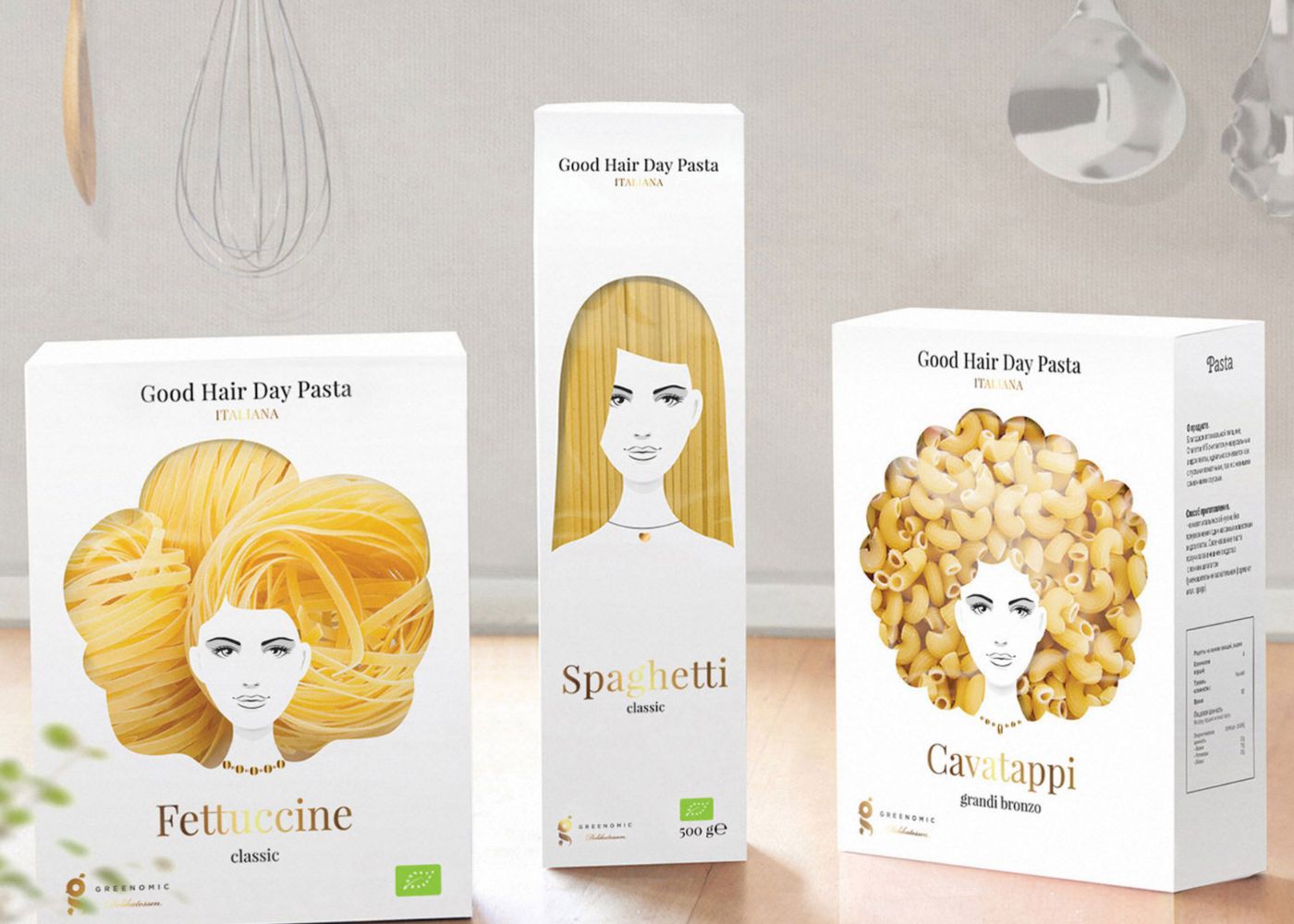In today’s crowded retail environment, grabbing the attention of potential customers is a major challenge. Packaging design plays a crucial role in achieving shelf impact and can make the difference between a product that flies off the shelves and one that gets overlooked.
As a packaging and product design company with over 20 years of experience, we know a thing or two when it comes to understanding the key elements of impactful packaging design that will help you succeed.
Here’s how you can create packaging that not only stands out but also communicates the value and appeal of your product inside.


1. Understand Your Target Audience
The first step in creating impactful packaging is to understand your target audience. Different demographics respond to different design elements. For example, vibrant colours and playful fonts might appeal to younger audiences, while more subdued, elegant designs might attract older or more affluent consumers.
It’s essential that you conduct market research to identify your target demographic’s preferences, behaviours, and purchasing habits. Use this information to guide your design choices, and to ensure that your packaging resonates with the people you want to reach.
2. Prioritise Clarity and Simplicity
While creativity is important, clarity and simplicity should never be sacrificed. Consumers make quick decisions when browsing shelves, so your packaging needs to communicate its message instantly.
Use clear, concise text and avoid cluttering the design with too many elements. Highlight the most important information, such as the product name, key benefits, and any unique selling points. Simple, clean designs are not only visually appealing but also easier for consumers to understand at a glance.
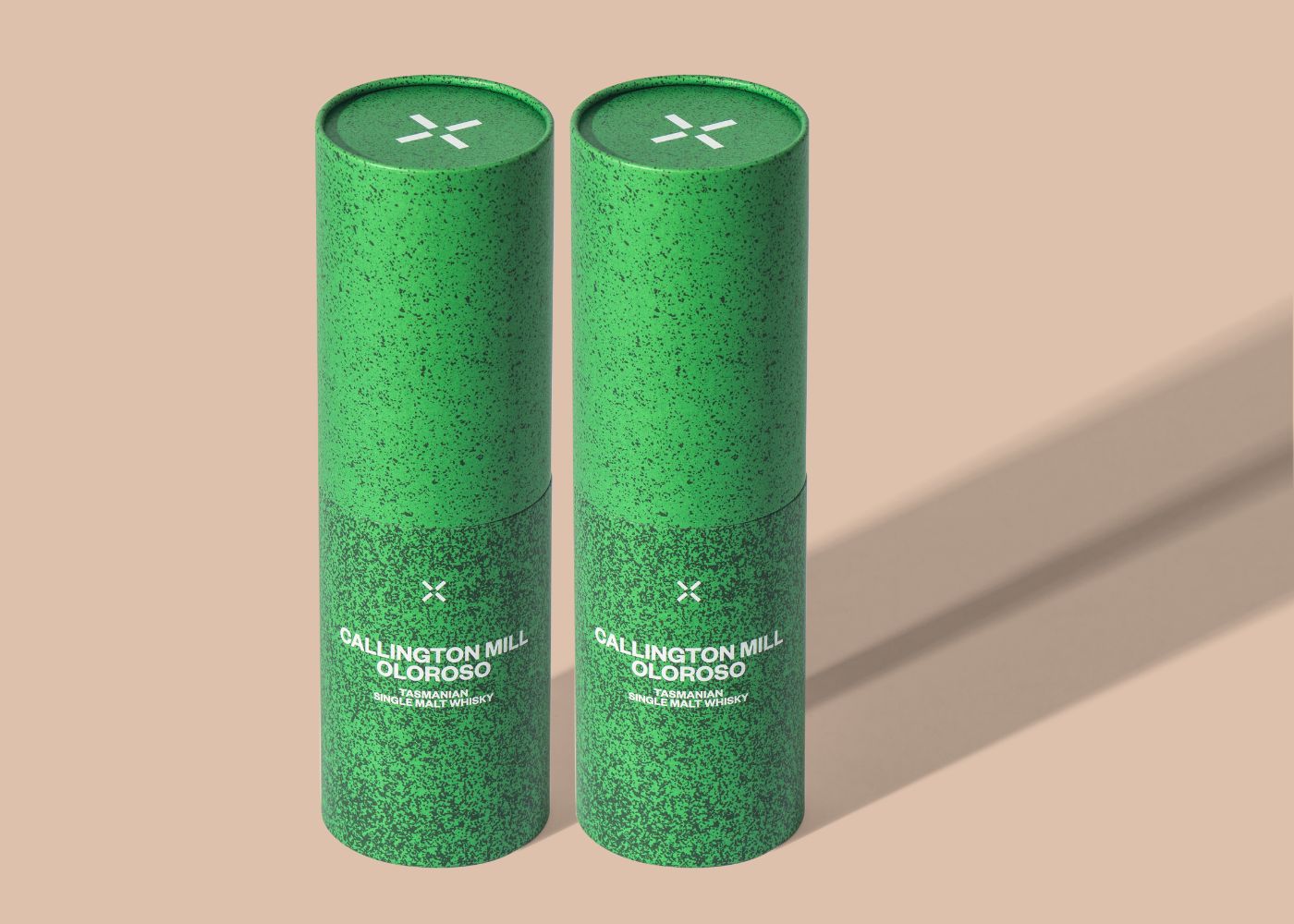
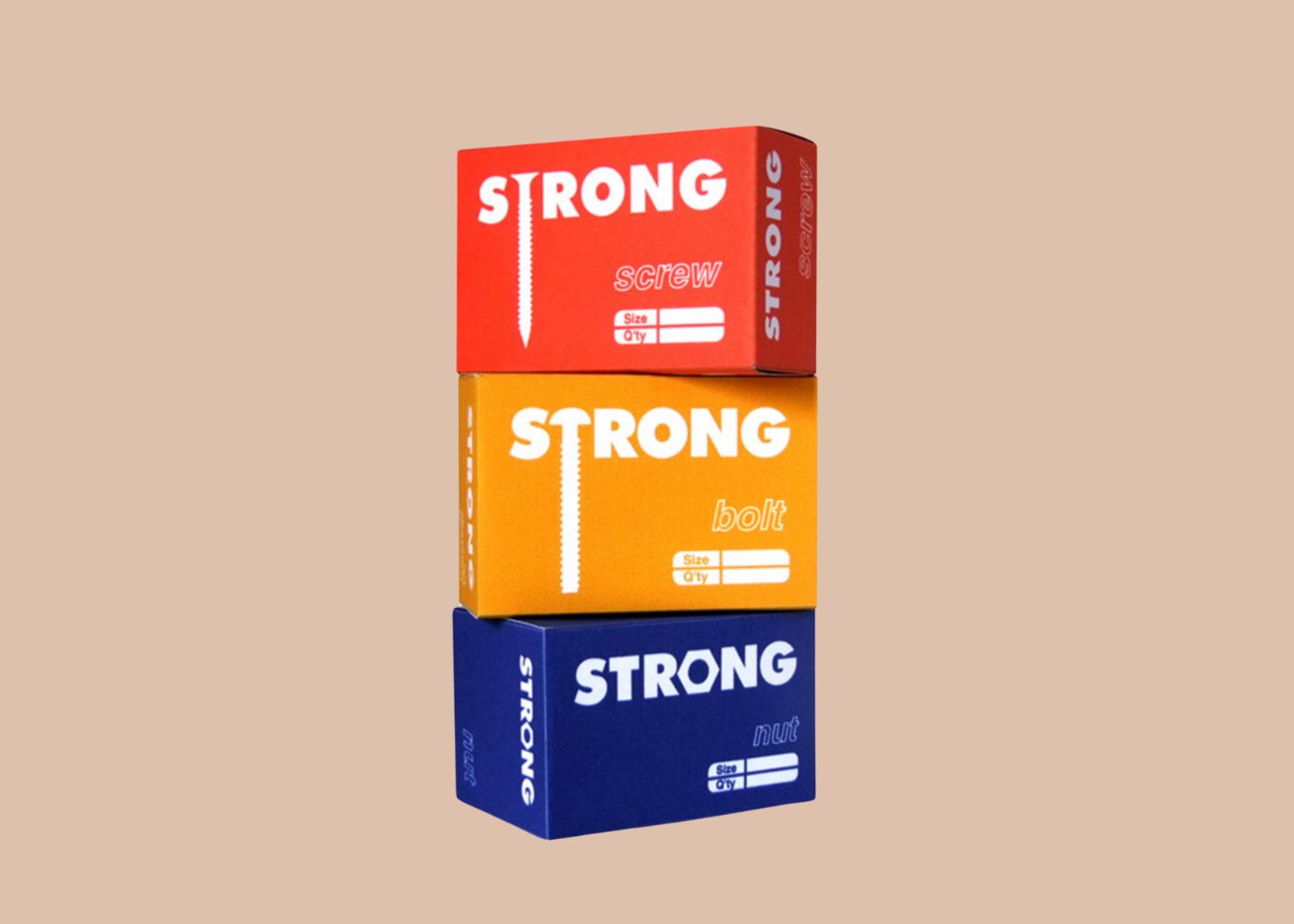
3. Use Bold and Contrasting Colours
Colour is one of the most powerful tools in a designer’s arsenal. Bold and contrasting colours can make your packaging stand out and catch the eye of a potential customer. In fact, 60% of consumers cite colour as a major factor in their purchase decisions.
Choose colours that reflect your brand’s personality and the product’s essence. Think about using contrasting colours to create visual interest and draw attention to key elements of the design.
4. Focus on Typography
Typography is another critical element of packaging design. The font you choose can convey a lot about your brand and product. Bold, modern fonts can give a sense of innovation and trendiness, while classic serif fonts might suggest tradition and reliability.
Ensure that the typography is legible and appropriate for your target audience. Use different font sizes to create a hierarchy of information, making it easy for consumers to identify the most important details. All while ensuring you are on brand. Test your font on various substrates and in various applications; for example does it look as good printed on paper as it does online and will it work well on products like caps, shirts, or whatever promotional merch you may want to create.
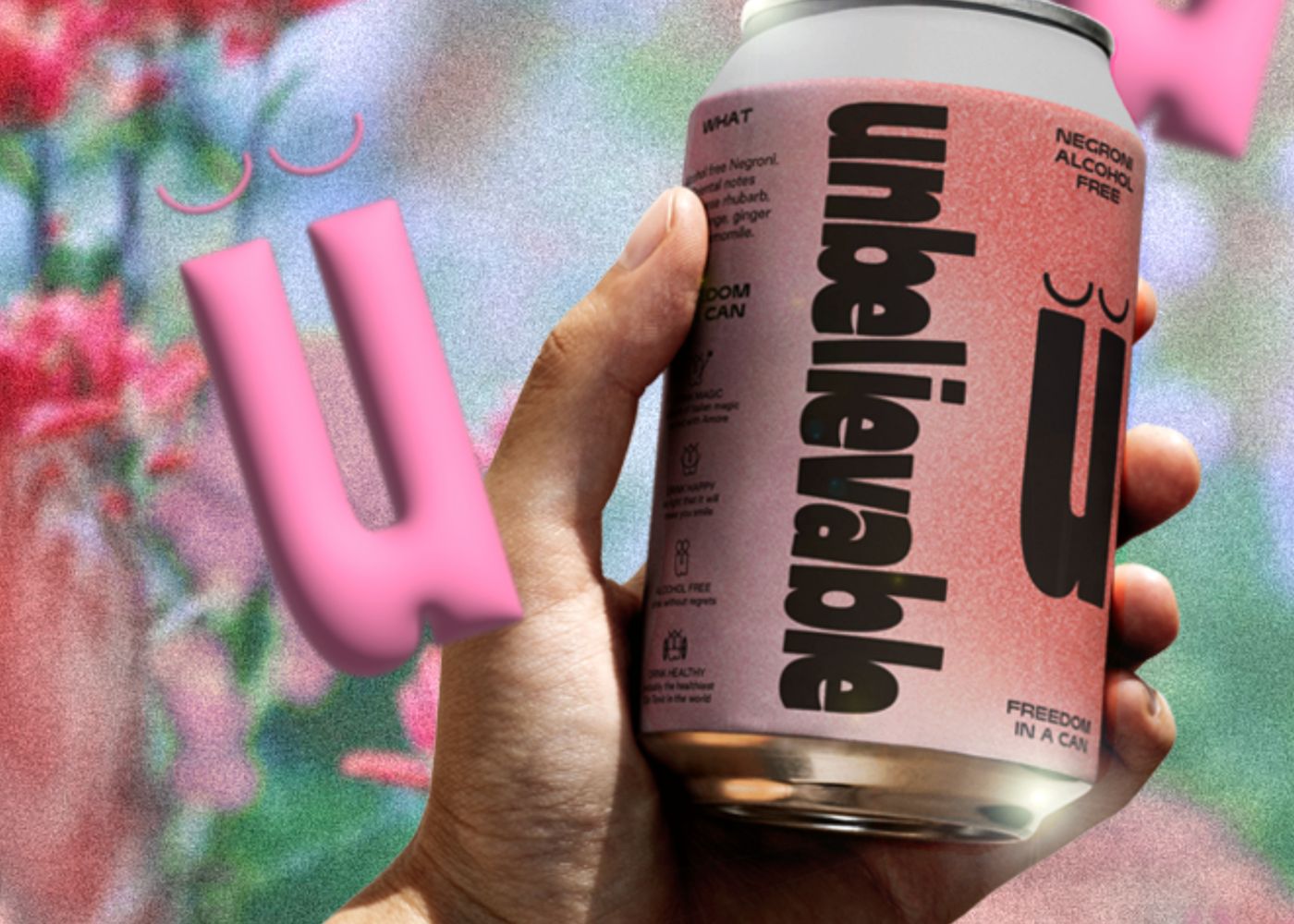
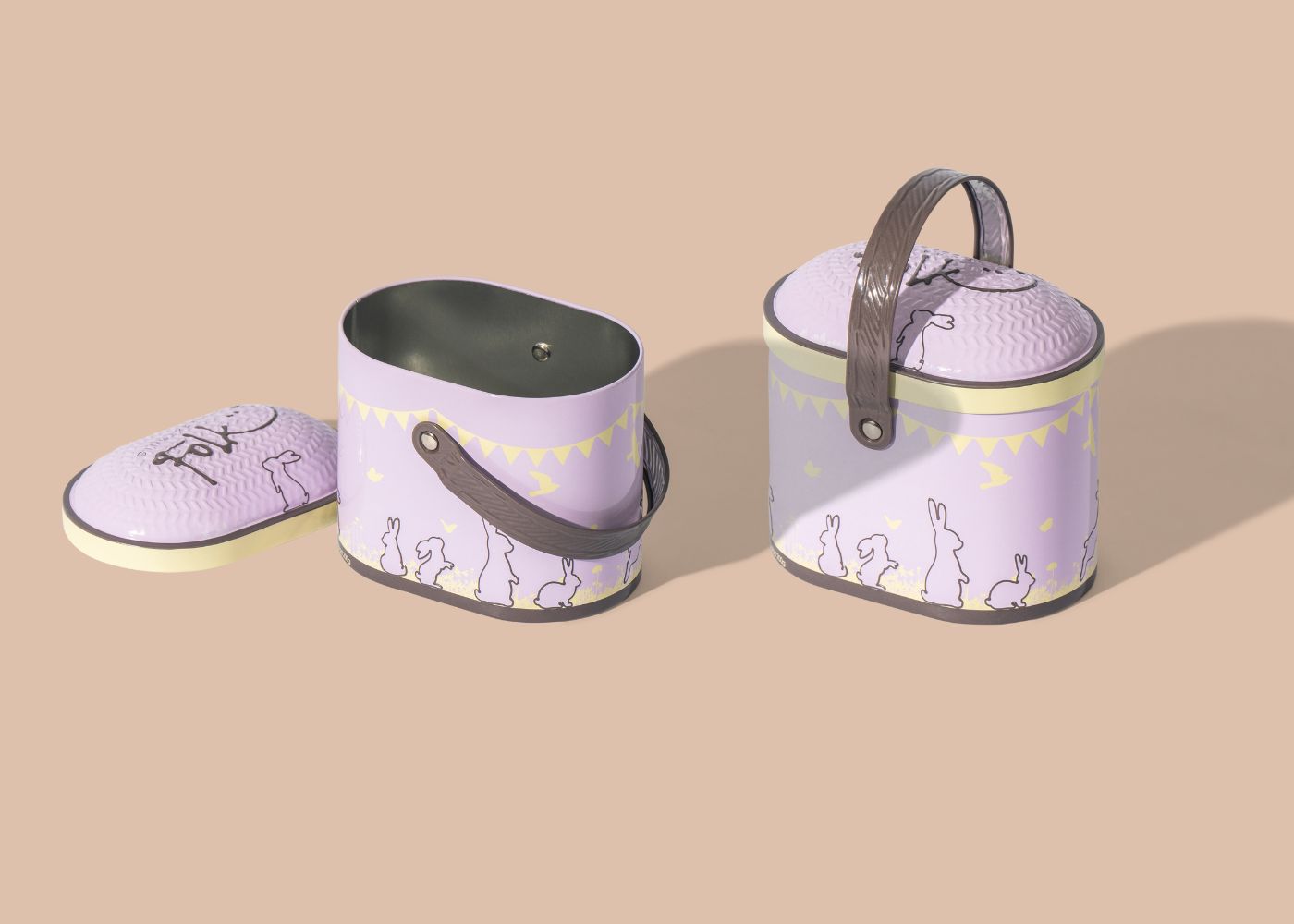
5. Incorporate Unique Shapes and Structures
Beyond graphics and text, the physical shape and structure of your packaging can significantly impact its shelf presence. Unique shapes and clever packaging structures can make your product stand out among a sea of rectangular boxes.
Consider how the shape of your packaging can enhance the product experience. For example, a resealable pouch might be more convenient for consumers than a traditional box. Remember though to balance creativity with practicality to ensure the packaging is functional as well as visually appealing. Work out how this will be merchandised if you are going into retail. Does it stack, does is work on a retail shelf.
This packaging design shown to the left, we developed for Gingerbread Folk’s Easter campaign; each keepsake Easter tin is packed with delicious chocolate gingerbread mini bunnies. The tin basket is memorable, unique and reusable – standing the test of time. To learn more about the work we’ve done with Gingerbread Folk, click here.
6. Use High-Quality Materials and Finishes
The materials and finishes used in packaging can greatly influence consumer perception. High-quality materials and finishes can convey a sense of luxury and value. Matte finishes, glossy coatings, embossing, and foiling are just a few examples of techniques that can add a premium feel to your packaging.
Additionally, sustainable materials are becoming increasingly important to consumers. Using eco-friendly packaging materials will not only attract environmentally conscious shoppers [most customers nowadays!] but also enhance your brand’s reputation.
This packaging design shown on the right we developed for Lark Distillery. It’s a high-end tamper-proof window box that showcases the brand’s award winning 100mL whisky bottle and Glencairn glass. The packaging is comprised of 70% recycled materials and showcases thoughtful details such as a timeless fine texture in the card stock along with cyan and gold foiling on the exterior. To learn more about this packaging design project, click here.
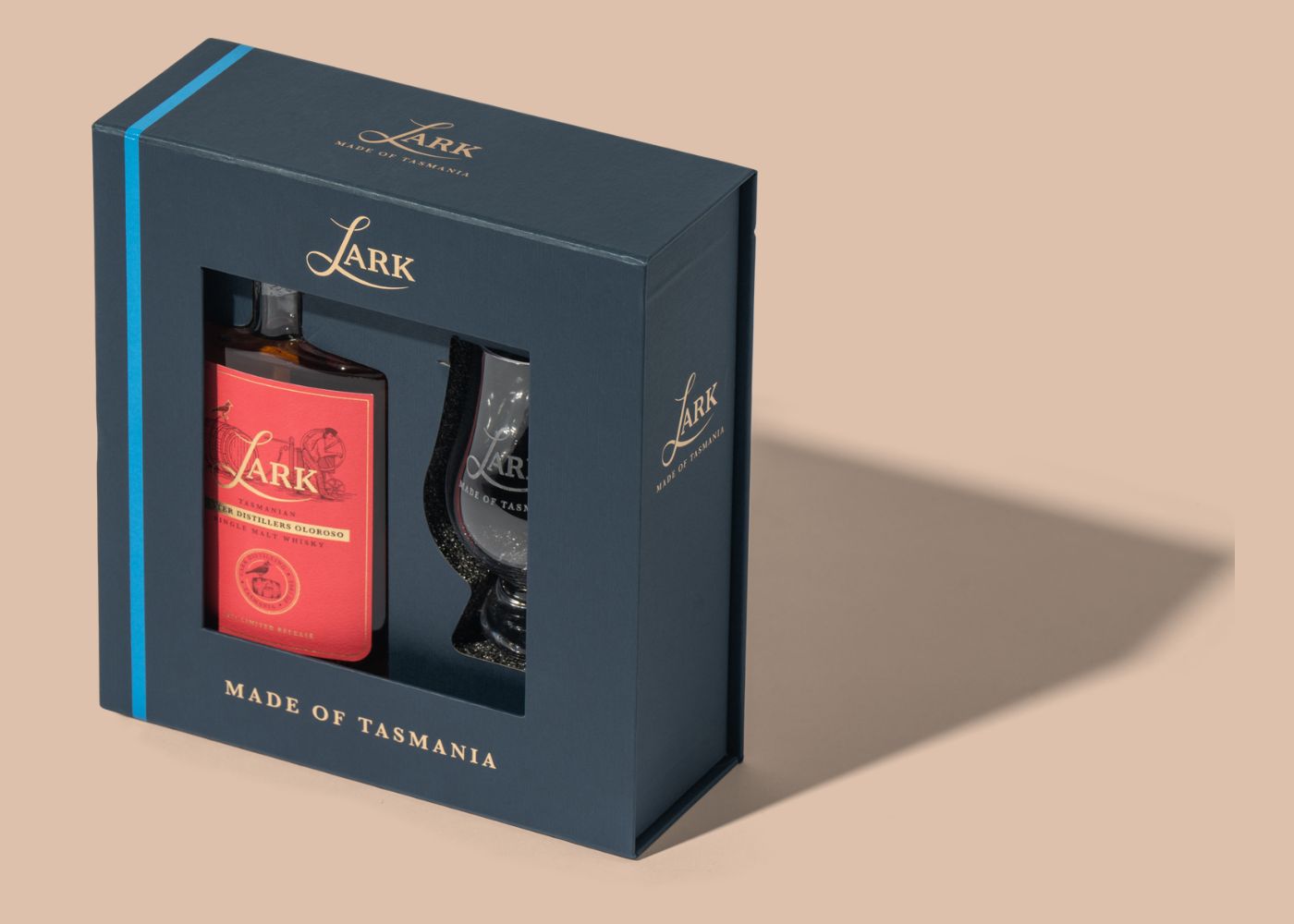
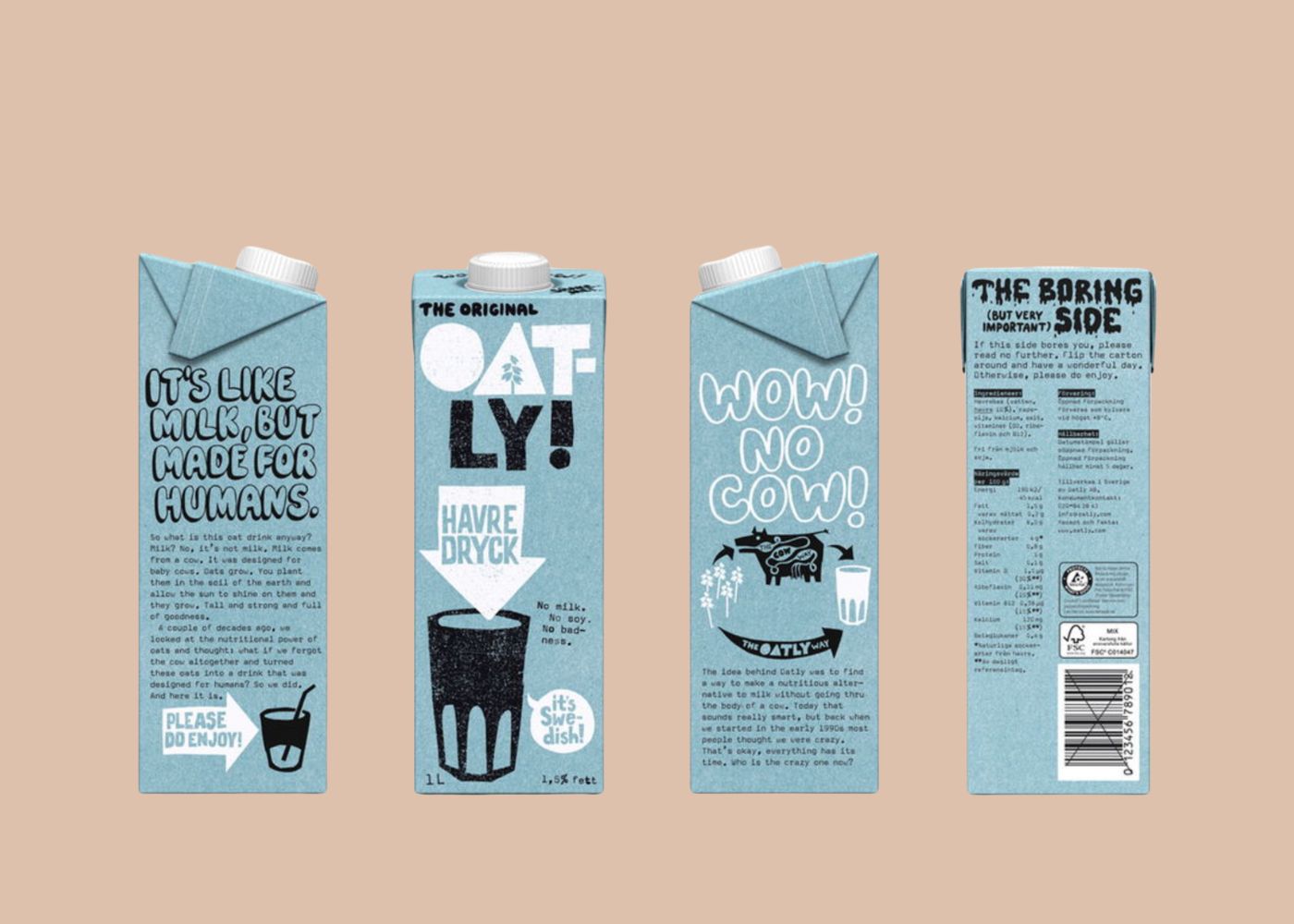
7. Tell a Story
Storytelling is a powerful way to connect with consumers on an emotional level. Use your packaging to tell a story about your brand and product. This could be the story of how the product was made, the inspiration behind it, or the benefits it offers.
Include elements like images, icons, or short narratives that convey this story. Storytelling can make your product more memorable and create a deeper connection with your audience.
8. Ensure Consistency With Your Brand
Your packaging must reflect your brand’s identity. Consistency in branding helps build recognition and trust among consumers. Use your brand’s colour palette, fonts, and logo consistently across all packaging to create a cohesive look.
This not only reinforces your brand identity but also makes your products easily recognisable on the shelf. Ensure that the packaging aligns with your overall brand message and values.
This packaging design shown on the right, we developed for Boody. As always, with any client packaging design project, we take careful measures to ensure that the look and feel is consistent and on point with the business brand.
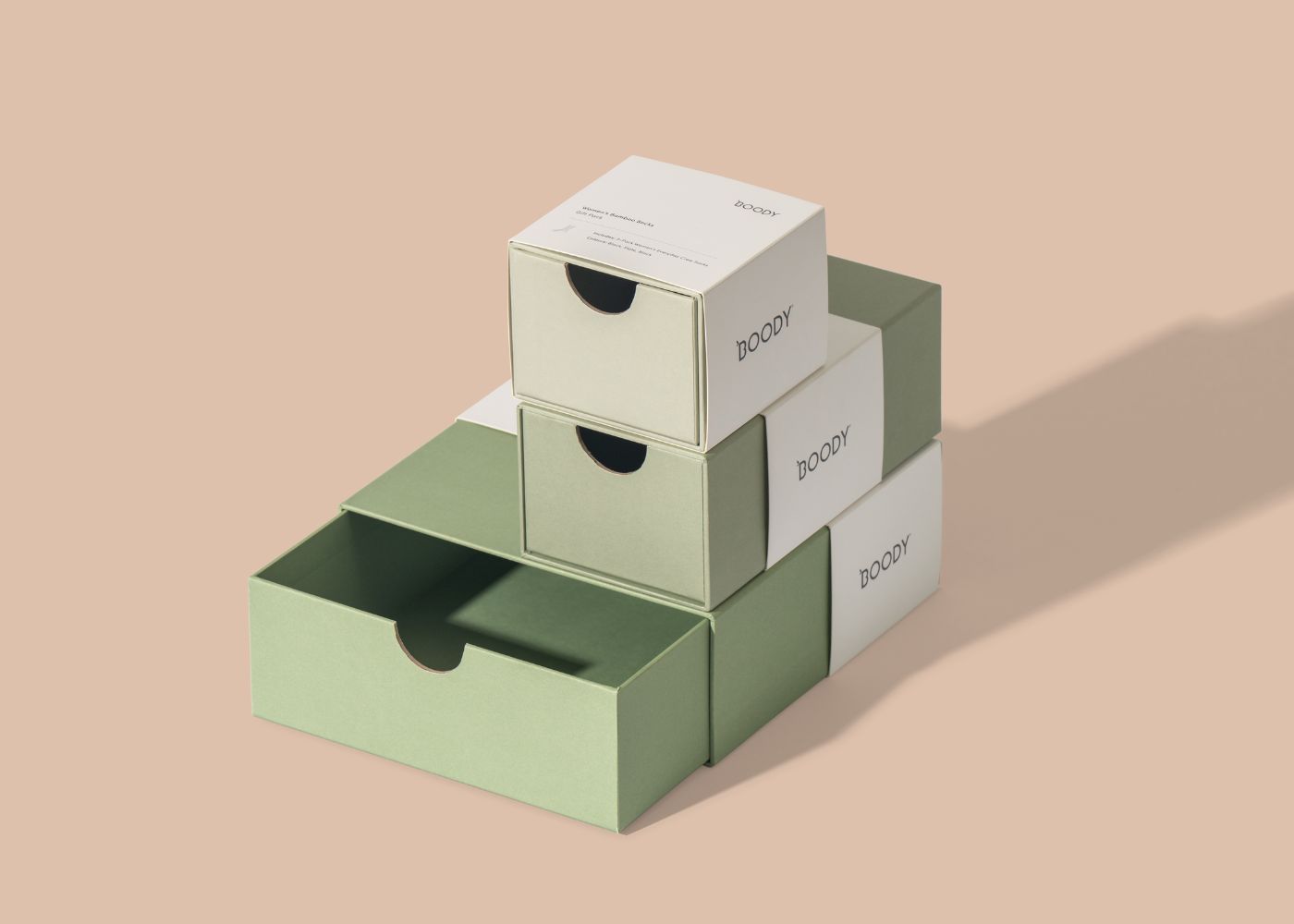

9. Test and Iterate
Finally, testing is a crucial step in the packaging design process. Create prototypes of your packaging and test them with real consumers to gather feedback. Pay attention to how they interact with the packaging, what catches their eye, and what confuses them.
Use this feedback to refine and improve your design. Iteration based on consumer insights can help you create packaging that truly stands out and meets the needs of your target audience.
Conclusion
Creating packaging that truly stands out on the shelf is both an art and a science. It requires a deep understanding of your target audience, a strategic use of bold and clear design elements, and a commitment to maintaining brand consistency.
By focusing on these aspects, we develop packaging that not only grabs attention but also communicates the essence and value of your product. Unique shapes, high-quality materials, and compelling storytelling can further enhance your packaging’s appeal, making it memorable and engaging for consumers.
In today’s crowded retail space, impactful packaging is the key to capturing consumer interest and driving sales. If you’re keen to explore a refresh for your packaging design and would like to learn a little more around what it’s like to work with us, click here.
